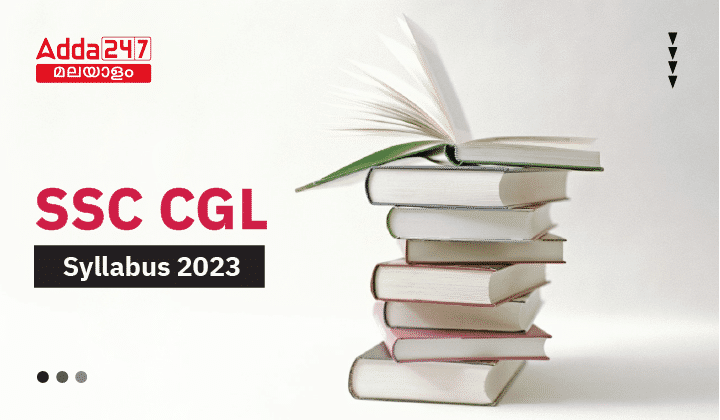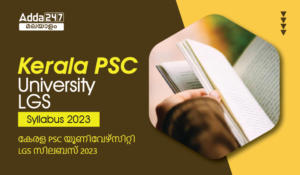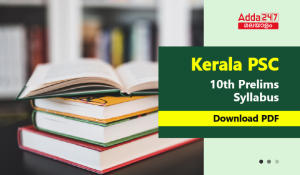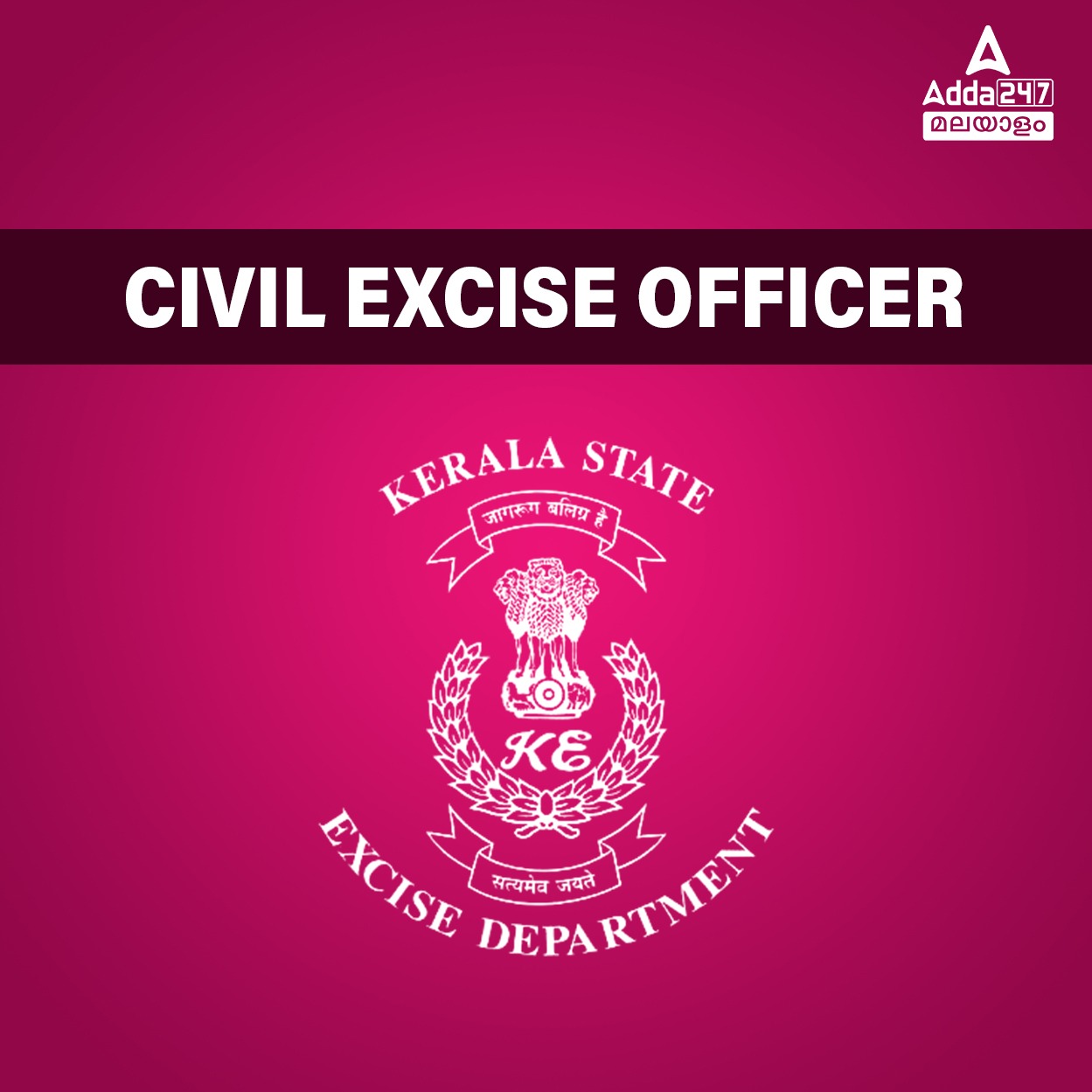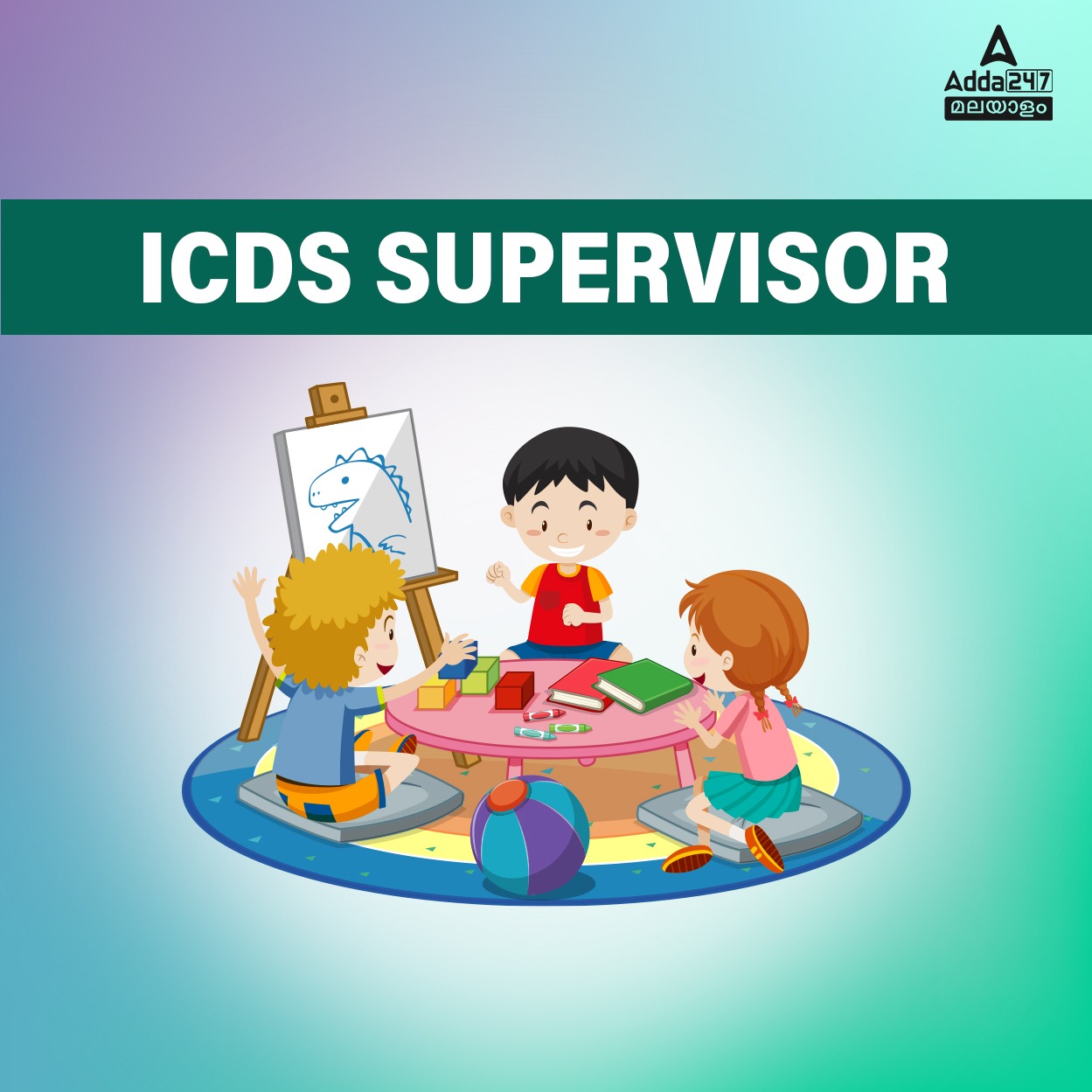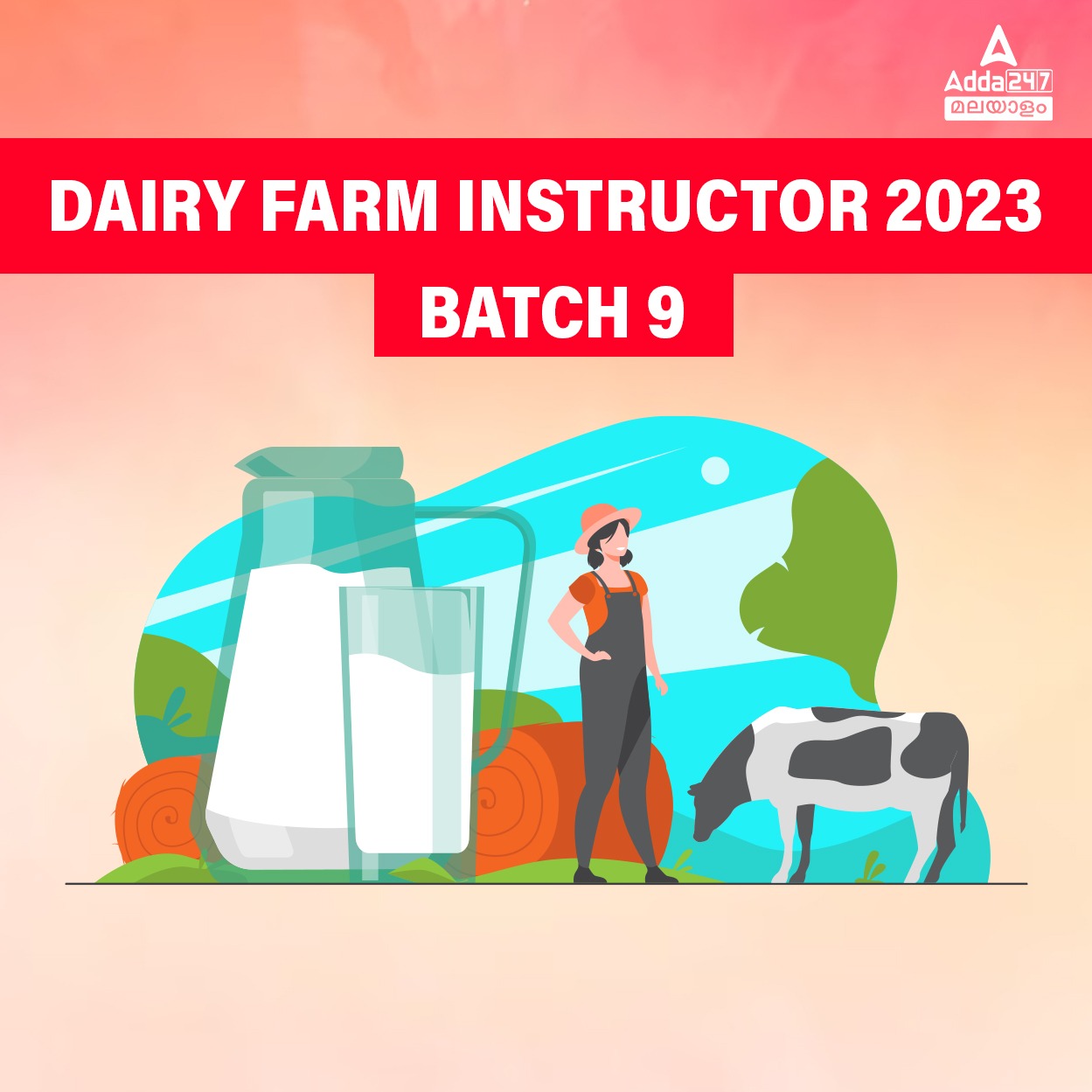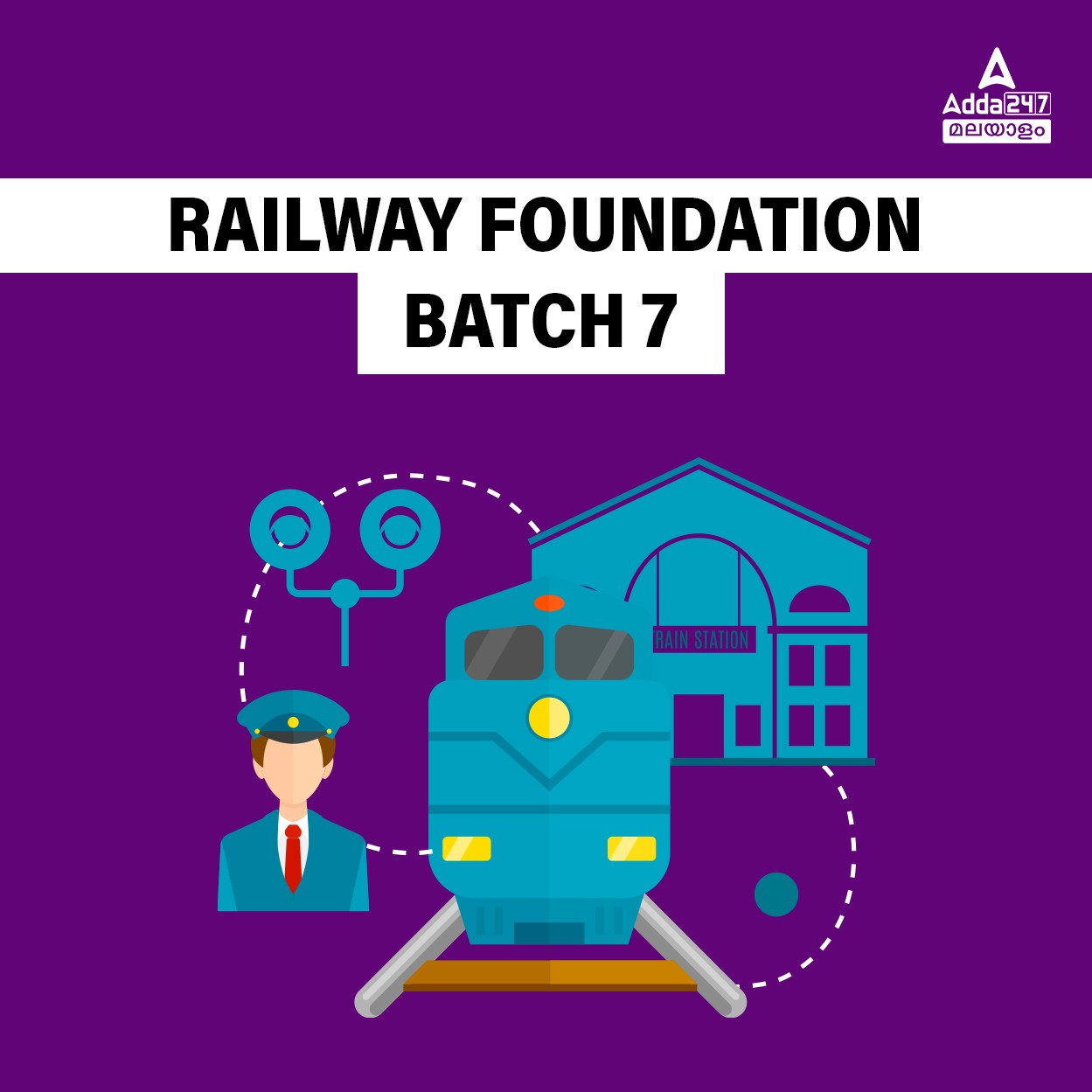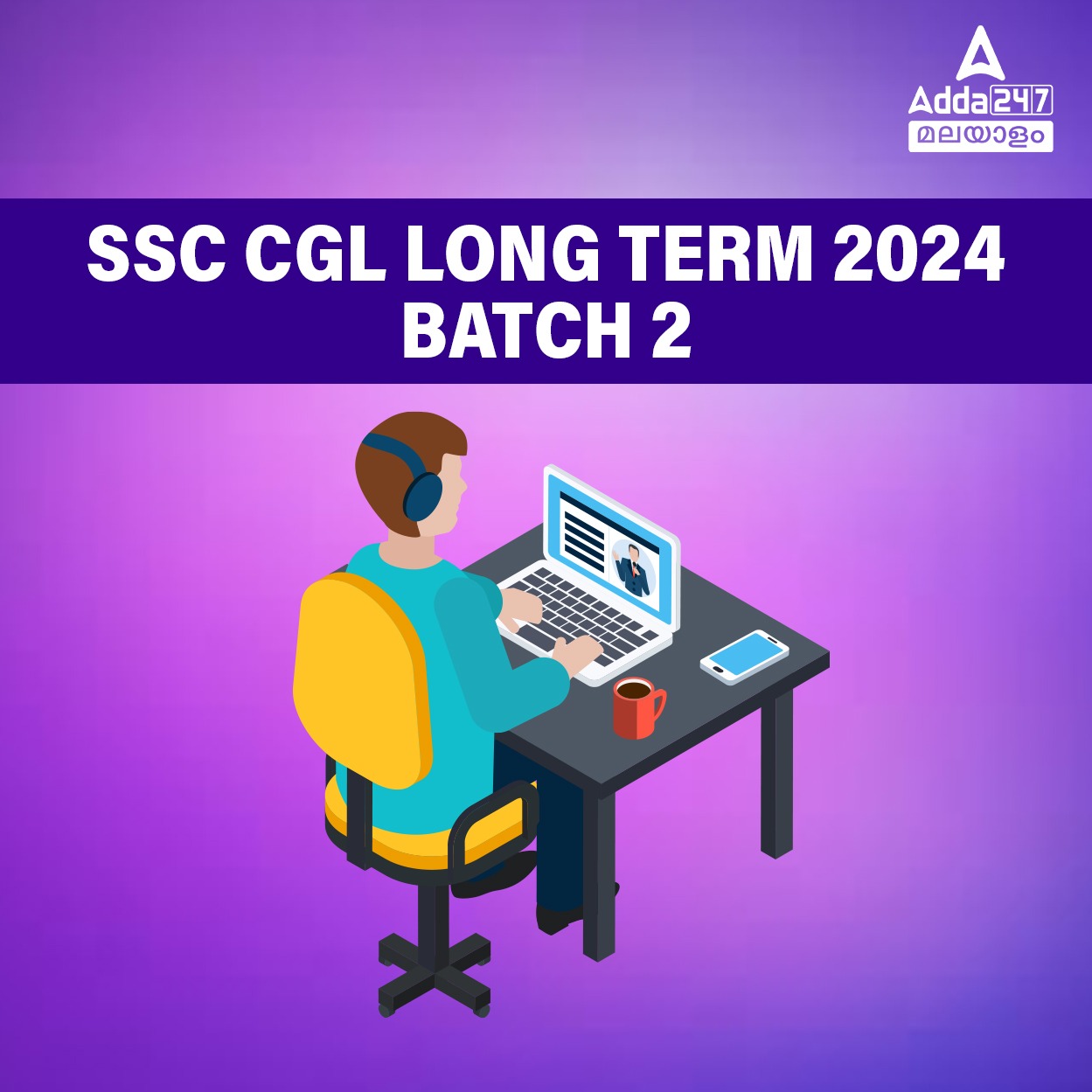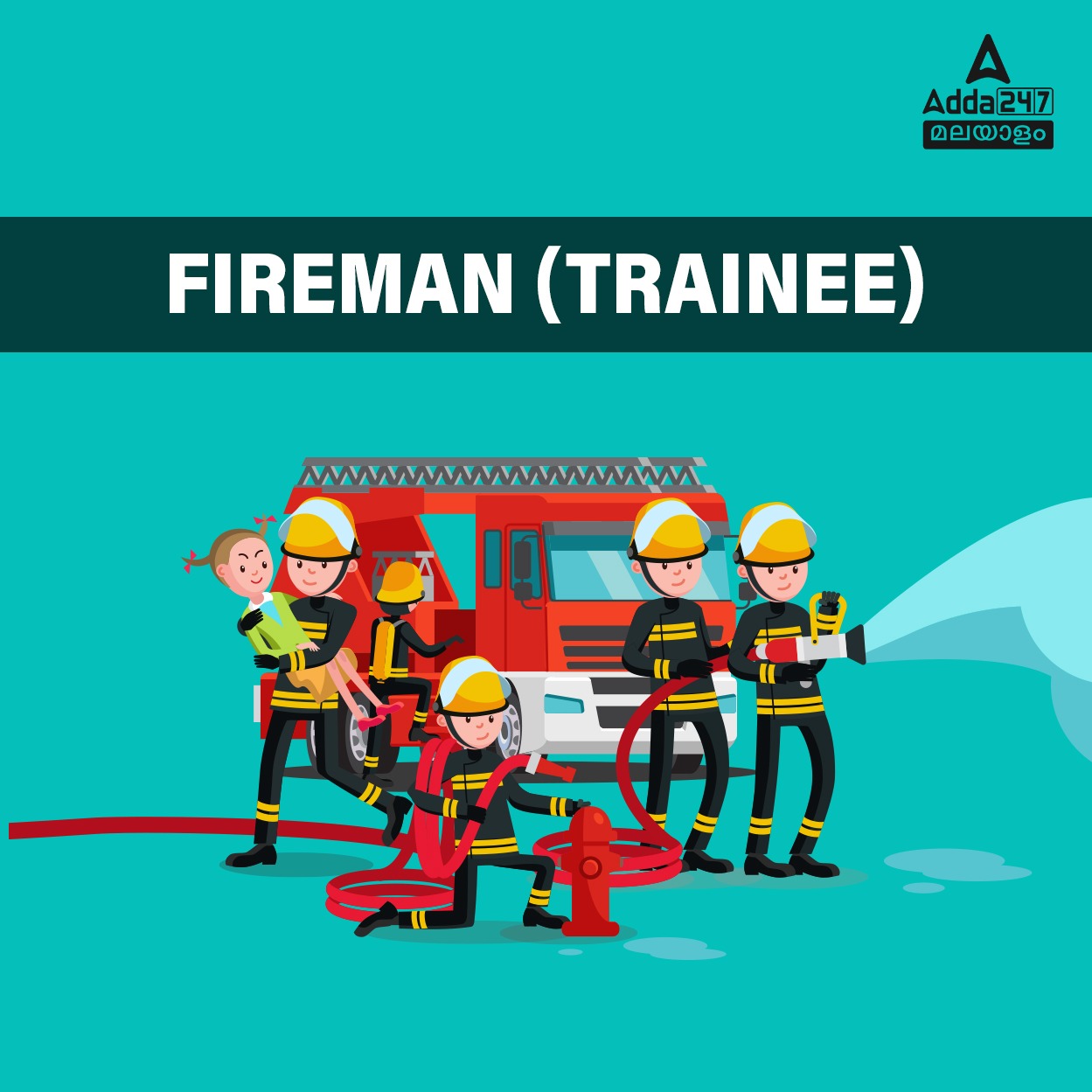Table of Contents
SSC CGL സിലബസ് 2023
SSC CGL സിലബസ് 2023 (SSC CGL Syllabus 2023): സ്റ്റാഫ് സെലക്ഷൻ കമ്മീഷൻ (SSC) അതിന്റെ ഔദ്യോഗിക വെബ്സൈറ്റായ @ssc.nic.in ൽ SSC CGL 2023 വിജ്ഞാപനം പ്രസിദ്ധീകരിച്ചു. ഇതോടൊപ്പം SSC CGL പരീക്ഷയുടെ സിലബസും പുറത്തിറക്കിയിട്ടുണ്ട്. പരീക്ഷയിൽ വിജയിക്കുന്നതിന് സിലബസിനെക്കുറിച്ച് വ്യക്തമായ ധാരണ ഉണ്ടായിരിക്കണം, അതിനാൽ SSC CGL സിലബസ് 2023 വിശദമായി വായിച്ച് മനസിലാക്കുക. നിങ്ങൾക്ക് SSC കമ്പൈൻഡ് ഗ്രാജ്വേറ്റ് ലെവൽ സിലബസ് PDF രൂപത്തിൽ ഡൗൺലോഡ് ചെയ്യാവുന്നതാണ്.
| SSC CGL Syllabus 2023 | |
| Organization | Staff Selection Commission |
| Category | Exam Syllabus |
| Name of the Exam | SSC Combined Graduate Level Exam |
| Last Date to Apply | 3rd May 2023 |
| Official Website | ssc.nic.in |
SSC കമ്പൈൻഡ് ഗ്രാജ്വേറ്റ് ലെവൽ സിലബസ്: അവലോകനം
ചുവടെ നൽകിയിരിക്കുന്ന പട്ടികയിൽ SSC കമ്പൈൻഡ് ഗ്രാജ്വേറ്റ് ലെവൽ സിലബസ് സംബന്ധമായ എല്ലാ പ്രധാനപ്പെട്ട വിവരങ്ങളും ലഭിക്കും.
| SSC Combined Graduate Level Syllabus | |
| Organization | Staff Selection Commission |
| Category | Exam Syllabus |
| Exam Level | National |
| Name of the Post | Various |
| SSC CGL 2023 Online Application Starts | 3rd April 2023 |
| SSC CGL 2023 Last Date to Apply | 3rd May 2023 |
| SSC CGL 2023 Tentative Schedule of Tier-I CBT | July 2023 |
| Mode of Application | Online |
| Vacancy | 7,500 |
| Selection Process | Tier I & Tier II |
| Scale of Pay | Rs.25500- Rs.151100/- |
| Official Website | ssc.nic.in |
Fill the Form and Get all The Latest Job Alerts – Click here
SSC CGL ടയർ 1 പരീക്ഷ സ്കീം
- ടയർ 1 പരീക്ഷയിൽ 100 മൾട്ടിപ്പിൾ ചോയ്സ് ചോദ്യങ്ങൾ ഉണ്ടായിരിക്കും.
- ഓരോ തെറ്റായ ഉത്തരത്തിനും 0.50 നെഗറ്റീവ് മാർക്കിംഗ് ഉണ്ടായിരിക്കും.
- ഇംഗ്ലീഷ് കോംപ്രിഹെൻഷൻ ഒഴികെയുള്ള ചോദ്യങ്ങൾ ഇംഗ്ലീഷിലും ഹിന്ദിയിലും സജ്ജീകരിക്കും.
| SSC CGL Scheme of Tier-I Examination | ||||
| S. No. | Subject | Number of Questions | Maximum Marks | Time allowed |
| 01 | General Intelligence and Reasoning | 25 | 50 | 1 hour |
| 02 | General Awareness | 25 | 50 | |
| 03 | Quantitative Aptitude | 25 | 50 | |
| 04 | English Comprehension | 25 | 50 | |
SSC CGL ടയർ I സിലബസ് 2023
General Intelligence & Reasoning: Semantic Analogy, Symbolic/Number Analogy, Figural Analogy, Semantic Classification, Symbolic/Number Classification, Figural Classification, Semantic Series, Number Series, Figural Series, Problem Solving, Word Building, Coding & de-coding, Numerical Operations, symbolic Operations, Trends, Space Orientation, Space Visualization, Venn Diagrams, Drawing inferences, Punched hole/ pattern- folding& un-folding, Figural Pattern-folding and completion, Indexing, Address matching, Date & city matching, Classification of centre codes/ roll numbers, Small & Capital letters/numbers coding, decoding and classification, Embedded Figures, Critical thinking, Emotional Intelligence, Social Intelligence
General Awareness: general awareness of the environment around and its application to society; questions relating to India and its neighbouring countries especially pertaining History, Culture, Geography, Economic Scene, General Policy & Scientific Research.
Quantitative Aptitude: Ratio & Proportion, Square roots, Averages, Interest, Profit and Loss, Discount,
Partnership Business, Mixture and Alligation, Time and distance, Time & Work, Basic algebraic identities of School Algebra & Elementary surds, Graphs of Linear Equations, Triangle and its various kinds of centres,
Congruence and similarity of triangles, Circle and its chords, tangents, angles subtended by chords of a circle, common tangents to two or more circles, Triangle, Quadrilaterals, Regular Polygons, Circle, Right Prism,
Right Circular Cone, Right Circular Cylinder, Sphere, Hemispheres, Rectangular Parallelepiped, Regular Right Pyramid with triangular or square base, Trigonometric ratio, Degree and Radian Measures, Standard
Identities, Complementary angles, Heights and Distances, Histogram, Frequency polygon, Bar diagram & Pie chart.
English Comprehension: ability to understand correct English, his basic comprehension and writing ability
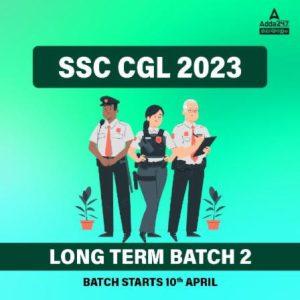
SSC CGL ടയർ II പരീക്ഷ സ്കീം
- Paper-I is compulsory for all the posts.
- ജൂനിയർ സ്റ്റാറ്റിസ്റ്റിക്കൽ ഓഫീസർ (ജെഎസ്ഒ), പ്രോഗ്രാം ഇംപ്ലിമെന്റേഷൻ, സ്റ്റാറ്റിസ്റ്റിക്കൽ ഇൻവെസ്റ്റിഗേറ്റർ ഗ്രേഡ്-II എന്നീ തസ്തികകളിലേക്ക് അപേക്ഷിക്കുന്ന ഉദ്യോഗാർത്ഥികൾക്ക് മാത്രമായിരിക്കും പേപ്പർ-II.
- അസിസ്റ്റന്റ് ഓഡിറ്റ് ഓഫീസർ/ അസിസ്റ്റന്റ് അക്കൗണ്ട്സ് ഓഫീസർ തസ്തികകളിലേക്കായിരിക്കും പേപ്പർ-III.
- പേപ്പർ-1-ലെ സെക്ഷൻ-1, സെക്ഷൻ-2, സെക്ഷൻ 3: മൊഡ്യൂൾ-1 എന്നിവയിലെ ഓരോ തെറ്റായ ഉത്തരത്തിനും 1 മാർക്കിന്റെ നെഗറ്റീവ് മാർക്കിംഗ് ഉണ്ടായിരിക്കും.
- പേപ്പർ-II, പേപ്പർ-III എന്നിവയിലെ ഓരോ തെറ്റായ ഉത്തരത്തിനും 0.50 മാർക്ക്, നെഗറ്റീവ് മാർക്കിംഗ് ഉണ്ടായിരിക്കും.
| SSC CGL Scheme of Tier-II Examination | |||||
| Paper | Session | Subject | Number of Questions |
Maximum Marks |
Time allowed |
| Paper-I: | Session-I (2 hours and 15 minutes) |
Section-I: Module-I: Mathematical Abilities Module-II: Reasoning and General Intelligence |
30
30
Total = 60 |
60*3 = 180 |
1 hour (For each section) |
| Section-II: Module-I: English Language and Comprehension Module-II: General Awareness |
45 25 Total = 70 |
70*3 = 210 |
|||
| Section-III: Module-I: Computer Knowledge Module |
20 | 20*3 = 60 |
15 Minutes (For each module) |
||
| Session-II (15 minutes) |
Section-III: Module-II: Data Entry Speed Test Module |
One Data Entry Task |
– | ||
| Paper-II | Statistics | 100 | 100*2 = 200 |
2 hours (For each Paper) |
|
| Paper-III | General Studies (Finance and Economics) |
100 | 100*2 = 200 |
||
SSC CGL ടയർ II സിലബസ് 2023
Section-I:
Module-I: Mathematical Abilities
Number Systems: Computation of Whole Number, Decimal and Fractions, Relationship between numbers.
Fundamental arithmetical operations: Percentages, Ratio and Proportion, Square roots, Averages, Interest (Simple and Compound), Profit and Loss, Discount, Partnership Business, Mixture and Alligation, Time and distance, Time and work.
Algebra: Basic algebraic identities of School Algebra and Elementary surds (simple problems) and Graphs of Linear Equations.
Geometry: Familiarity with elementary geometric figures and facts: Triangle and its various kinds of centres, Congruence and similarity of triangles, Circle and its chords, tangents, angles subtended by chords of a circle, common tangents to two or more circles.
Mensuration: Triangle, Quadrilaterals, Regular Polygons, Circle, Right Prism, Right Circular Cone, Right Circular Cylinder, Sphere, Hemispheres, Rectangular Parallelepiped, Regular Right Pyramid with triangular or square Base.
Trigonometry: Trigonometry, Trigonometric ratios, Complementary angles, Height and distances (simple problems only) Standard Identities like sin2? + cos2?=1 etc.
Statistics and probability: Use of Tables and Graphs: Histogram, Frequency polygon, Bar-diagram, Pie-chart; Measures of central tendency: mean, median, mode, standard deviation; calculation of simple probabilities.
Module-II: Reasoning and General Intelligence
Semantic Analogy, Symbolic operations, Symbolic/ Number Analogy, Trends, Figural Analogy, Space Orientation, Semantic Classification, Venn Diagrams, Symbolic/ Number Classification, Drawing inferences, Figural Classification, Punched hole/ pattern-folding & unfolding, Semantic Series, Figural Pattern folding and completion, Number Series, Embedded figures, Figural Series, Critical Thinking, Problem Solving, Emotional Intelligence, Word Building, Social Intelligence, Coding and de-coding, Numerical operations, Other sub-topics, if any.
Section-II:
Module-I: English Language and Comprehension
Vocabulary, grammar, sentence structure, synonyms, antonyms and their correct usage; Spot the Error, Fill in the Blanks, Synonyms/ Homonyms, Antonyms, Spellings/ Detecting mis-spelt words, Idioms & Phrases, One word substitution, Improvement of Sentences, Active/ Passive Voice of Verbs, Conversion into Direct/ Indirect narration, Shuffling of Sentence parts, Shuffling of Sentences in a passage, Cloze Passage, Comprehension Passage.
Module-II: General Awareness
questions relating to India and its neighboring countries especially pertaining to History, Culture, Geography, Economic Scene, General policy and scientific research.
Section-III:
Module-I: Computer Knowledge Test
Computer Basics: Organization of a computer, Central Processing Unit (CPU), input/ output devices, computer memory, memory 23 organization, back- up devices, PORTs, Windows Explorer. Keyboard shortcuts.
Software: Windows Operating system including basics of Microsoft Office like MS word, MS Excel and Power Point etc.
Working with Internet and e-mails: Web Browsing & Searching, Downloading & Uploading, Managing an E-mail Account, e-Banking.
Basics of networking and cyber security: Networking devices and protocols, Network and information security threats (like hacking, virus, worms, Trojan etc.) and preventive measures.
Module-II: Data Entry Speed Test
Paper-II (Statistics):
Collection, Classification and Presentation of Statistical Data – Primary and Secondary data, Methods of data collection; Tabulation of data; Graphs and charts; Frequency distributions; Diagrammatic presentation of frequency distributions.
Measures of Central Tendency- Common measures of central tendency – mean median and mode; Partition values- quartiles, deciles, percentiles.
Measures of Dispersion- Common measures dispersion – range, quartile deviations, mean deviation and standard deviation; Measures of relative dispersion.
Moments, Skewness and Kurtosis – Different types of moments and their relationship; meaning of skewness and kurtosis; different measures of skewness and kurtosis.
Correlation and Regression – Scatter diagram; simple correlation coefficient; simple regression lines; Spearman’s rank correlation; Measures of association of attributes; Multiple regression; Multiple and partial correlation (For three variables only).
Probability Theory – Meaning of probability; Different definitions of probability; Conditional probability; Compound probability; Independent events; Bayes’ theorem.
Random Variable and Probability Distributions – Random variable; Probability functions; Expectation and Variance of a random variable; Higher moments of a random variable; Binomial, Poisson, Normal and Exponential distributions; Joint distribution of two random variable (discrete).
Sampling Theory – Concept of population and sample; Parameter and statistic, Sampling and non-sampling errors; Probability and nonprobability sampling techniques (simple random sampling, stratified sampling, multistage sampling, multiphase sampling, cluster sampling, systematic sampling, purposive sampling, convenience sampling and quota sampling); Sampling distribution (statement only); Sample size decisions.
Statistical Inference – Point estimation and interval estimation, Properties of a good estimator, Methods of estimation (Moments method, Maximum likelihood method, Least squares method), Testing of hypothesis, Basic concept of testing, Small sample and 24 large sample tests, Tests based on Z, t, Chi-square and F statistic, Confidence intervals.
Analysis of Variance – Analysis of one-way classified data and twoway classified data.
Time Series Analysis – Components of time series, Determinations of trend component by different methods, Measurement of seasonal variation by different methods.
Index Numbers – Meaning of Index Numbers, Problems in the construction of index numbers, Types of index number, Different formulae, Base shifting and splicing of index numbers, Cost of living Index Numbers, Uses of Index Numbers.
Paper-III (General Studies-Finance and Economics):
Part A: Finance and Accounts-(80 marks):
Fundamental principles and basic concept of Accounting:
Financial Accounting: Nature and scope, Limitations of Financial Accounting, Basic concepts and Conventions, Generally Accepted Accounting Principles.
Basic concepts of accounting: Single and double entry, Books of original Entry, Bank Reconciliation, Journal, ledgers, Trial Balance, Rectification of Errors, Manufacturing, Trading, Profit & loss Appropriation
Accounts, Balance Sheet Distinction between Capital and Revenue Expenditure, Depreciation Accounting,
Valuation of Inventories, Non-profit organisations Accounts, Receipts and Payments and Income & Expenditure Accounts, Bills of Exchange, Self-Balancing Ledgers.
Part B: Economics and Governance-(120 marks):
Comptroller & Auditor General of India -Constitutional provisions, Role and responsibility.
Finance Commission-Role and functions.
Basic Concept of Economics and introduction to Micro
Economics: Definition, scope and nature of Economics, Methods of economic study and Central problems of an economy and Production possibilities curve.
Theory of Demand and Supply: Meaning and determinants of demand, Law of demand and Elasticity of demand, Price, income and cross elasticity; Theory of consumer’s behaviour, Marshallian approach and Indifference curve approach, Meaning and determinants of supply, Law of supply and Elasticity of Supply.
Theory of Production and cost: Meaning and Factors of production; Laws of production- Law of variable proportions and Laws of returns to scale.
Forms of Market and price determination in different markets: Various forms of markets-Perfect Competition, Monopoly, Monopolistic Competition and Oligopoly and Price determination in these markets.
Indian Economy:
Nature of the Indian Economy Role of different sectorsRole of Agriculture, Industry and Services-their problems and growth;
National Income of India-Concepts of national income, Different methods of measuring national income.
Population-Its size, rate of growth and its implication on economic growth.
Poverty and unemployment- Absolute and relative poverty, types, causes and incidence of unemployment.
Infrastructure-Energy, Transportation, Communication.
Economic Reforms in India: Economic reforms since 1991; Liberalisation, Privatisation, Globalisation and Disinvestment.
Money and Banking:
Monetary/ Fiscal policy- Role and functions of Reserve Bank of India; functions of commercial Banks/RRB/Payment Banks.
Budget and Fiscal deficits and Balance of payments.
Fiscal Responsibility and Budget Management Act, 2003.
Role of Information Technology in Governance.
| RELATED ARTICLES | |
| SSC CGL 2023 Eligibility Criteria | SSC CGL Notification 2023 |
| SSC Exam Calendar 2023 | |
Also Read,
Weekly/ Monthly Current Affairs PDF (Magazines)
ഇതര പരീക്ഷകളുടെ ഏറ്റവും പുതിയ വിജ്ഞാപനങ്ങൾ, ദൈനംദിന ക്വിസുകൾ എന്നിവയ്ക്കായി ADDA247 മലയാളം ആപ്പ് ഡൗൺലോഡ് ചെയ്യുക.
Download the app now, Click here
ഇത് നിങ്ങൾക്കുള്ള സമയമാണ്. പരീക്ഷയ്ക്ക് സ്വയം തയ്യാറാകാനുള്ള ഏറ്റവും അനുയോജ്യമായ സമയമാണിത്. നിങ്ങൾ വീട്ടിൽ നിന്ന് ഞങ്ങളോടൊപ്പം പരീക്ഷയ്ക്ക് തയ്യാറാകുക. മികച്ച കോഴ്സുകൾ, മികച്ച ഹെഡ് ട്രെയിനർമാർ, ലളിതമായ നിർദ്ദേശങ്ങൾ, ഗുണനിലവാരമുള്ള ക്വിസ് ചോദ്യങ്ങൾ ഞങ്ങൾ നിങ്ങൾക്ക് നൽകുന്നു. ഈ അത്ഭുതകരമായ സമയം പഠിക്കാൻ നിങ്ങൾക്ക് ബുദ്ധിമുട്ടുള്ള കോഴ്സിന്റെ ഭാഗങ്ങൾ ശക്തിപ്പെടുത്തുക. Mock Tests, Test series , E-Books , Daily Current Affairs, Weekly Current Affairs, Monthly Current Affairs എന്നിവയുടെ സൗജന്യ PDF കൾ അങ്ങനെ നിരവധി പഠന സാമഗ്രികൾ ഇംഗ്ലീഷിലും മലയാളത്തിലും (English & Malayalam) ADDA 247 നിങ്ങൾക്ക് നൽകുന്നു. സൗജന്യവും, പണമടച്ചുള്ളതുമായ ക്ലാസുകൾ ഞങ്ങൾ നിങ്ങൾക്ക് ലാഭകരമായ രീതിയിൽ വാഗ്ദാനം ചെയ്യുന്നു.
***വരാനിരിക്കുന്ന പരീക്ഷകളിൽ വിജയിക്കാൻ ഞങ്ങളോടൊപ്പം ചേരുക***
Use Coupon code- KPSC (എക്കാലത്തെയും വിലക്കുറവ്)
*മലയാളത്തിലെ തത്സമയ ക്ലാസുകൾ ഇപ്പോൾ നിങ്ങളുടെ വീട്ടിൽ ലഭ്യമാണ്*
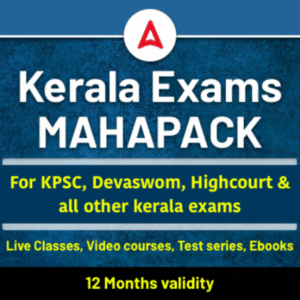
Kerala Exams Mahapack
*ലക്ഷ്യത്തിലേക്കുള്ള ആദ്യ ചുവടുവെപ്പ് | ADDA247 മലയാളത്തിൽ പരിശീലനം ആരംഭിക്കൂ*
Telegram group:- KPSC Sure Shot Selection
KPSC Exam Online Test Series, Kerala Police and Other State Government Exams

